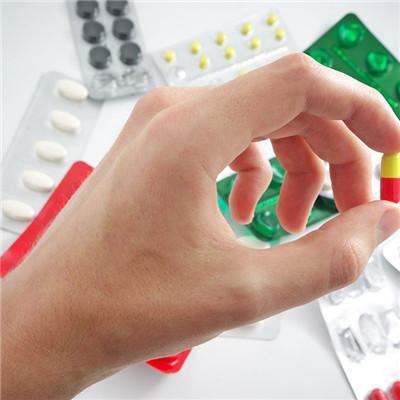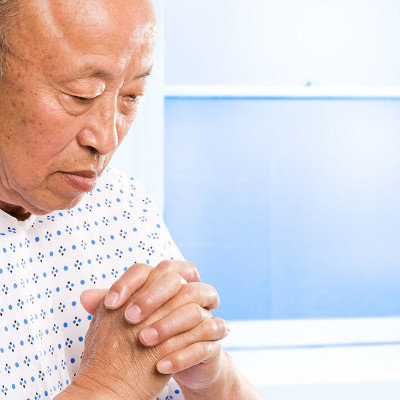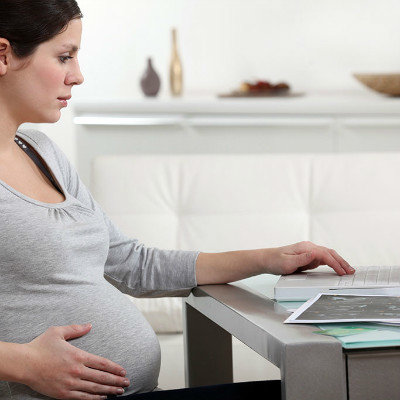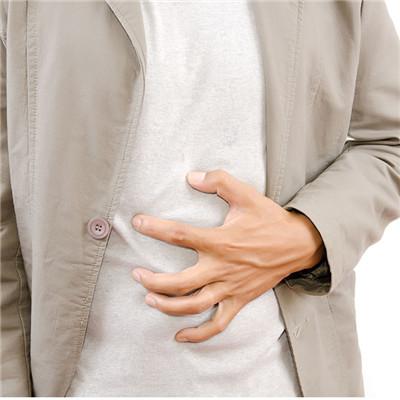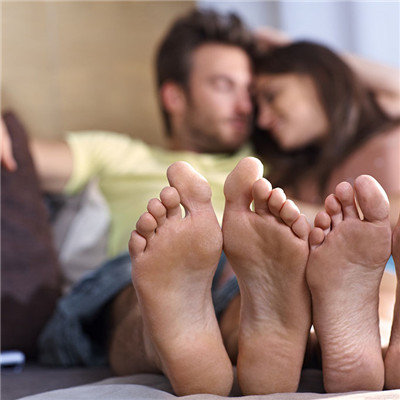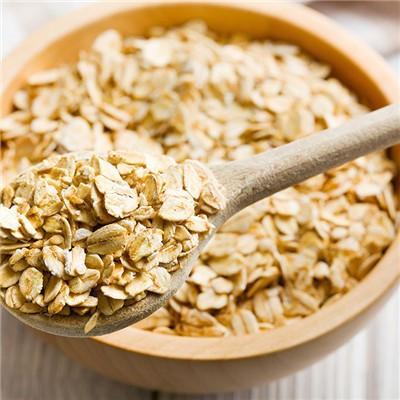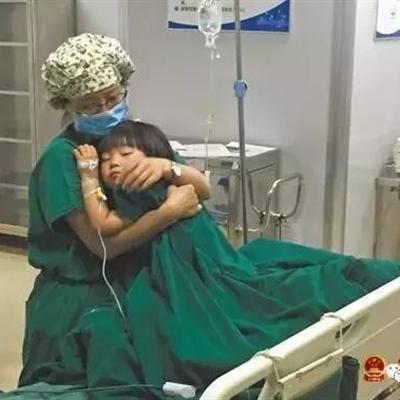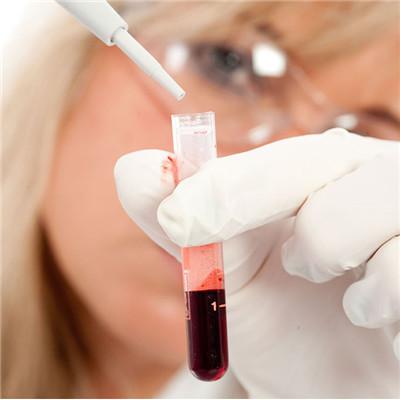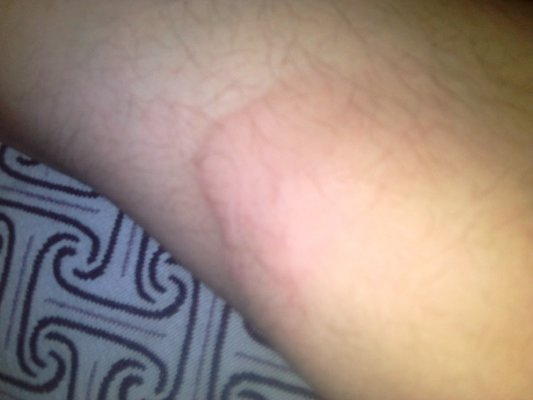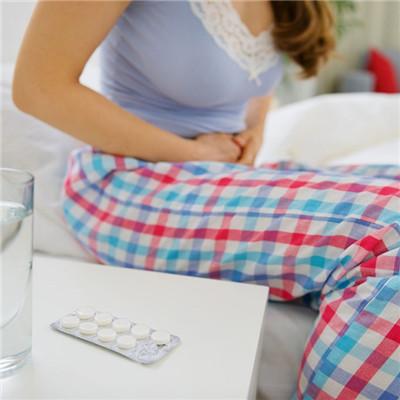Symptoms of sciatica
summary
Due to the current office conditions, many times people are in the office for a long time of sedentary, lack of activity and exercise, will make the appearance of a series of symptoms. Sciatica is the most common symptom, due to a long time to keep sitting, so that the emergence of this kind of phenomenon. The symptom of sciatica? Let's talk about it
Symptoms of sciatica
Lumbar disc herniation, patients often have a long history of repeated low back pain, or heavy labor history, often in a lumbar injury or bent down after acute onset of labor. In addition to the typical symptoms and signs of radicular sciatica, there are also lumbar muscle spasm, limited lumbar motion and loss of anteflexion. There may be obvious tenderness and radiation pain in the intervertebral space of disc herniation. X-ray film may have involved intervertebral space narrowing, CT examination can be confirmed.
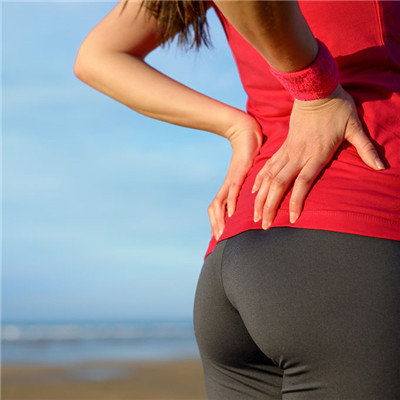
Cauda equina tumor, the onset is slow, gradually aggravated. At the beginning of the disease, it was usually unilateral sciatica, and gradually developed into bilateral sciatica. The nocturnal pain was obviously aggravated, and the course of disease was progressively aggravated. Sphincter dysfunction and hypoesthesia of sellar region were found. Lumbar puncture showed subarachnoid obstruction, increased protein content in cerebrospinal fluid, and even froin sign (yellow cerebrospinal fluid, self coagulation after placement), which could be confirmed by myelography or MRI.

Lumbar spinal stenosis, more common in middle-aged men, early often "intermittent claudication", walking after lower limb pain, but after bending down to walk or rest symptoms reduced or disappeared. When the nerve root or cauda equina is seriously compressed, the symptoms and signs of sciatica on one or both sides can also appear, and the course of disease is gradually aggravated, and the treatment of bed rest or traction is ineffective. Lumbosacral X-ray or CT can confirm the diagnosis.
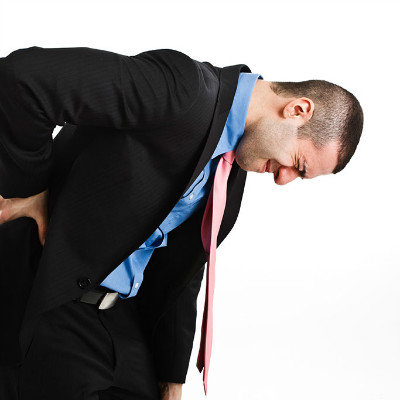
matters needing attention
Hard board bed rest, can insist on doing bed gymnastics. We should combine work with rest, regularize our life and take part in various sports activities appropriately. 2. After exercise, we should pay attention to protect the waist and affected limbs. After the underwear is wet, we should change it in time to prevent the wet clothes from being dried. After sweating, we should not take a bath immediately. We should wash it after sweating to prevent cold and wind. 3. In the acute pain period, do not pick up more than 10 pounds (1 pound = 0.9072 kg) of heavy objects and do not use legs, arms and back to lift heavy objects. Push but do not pull heavy objects.
